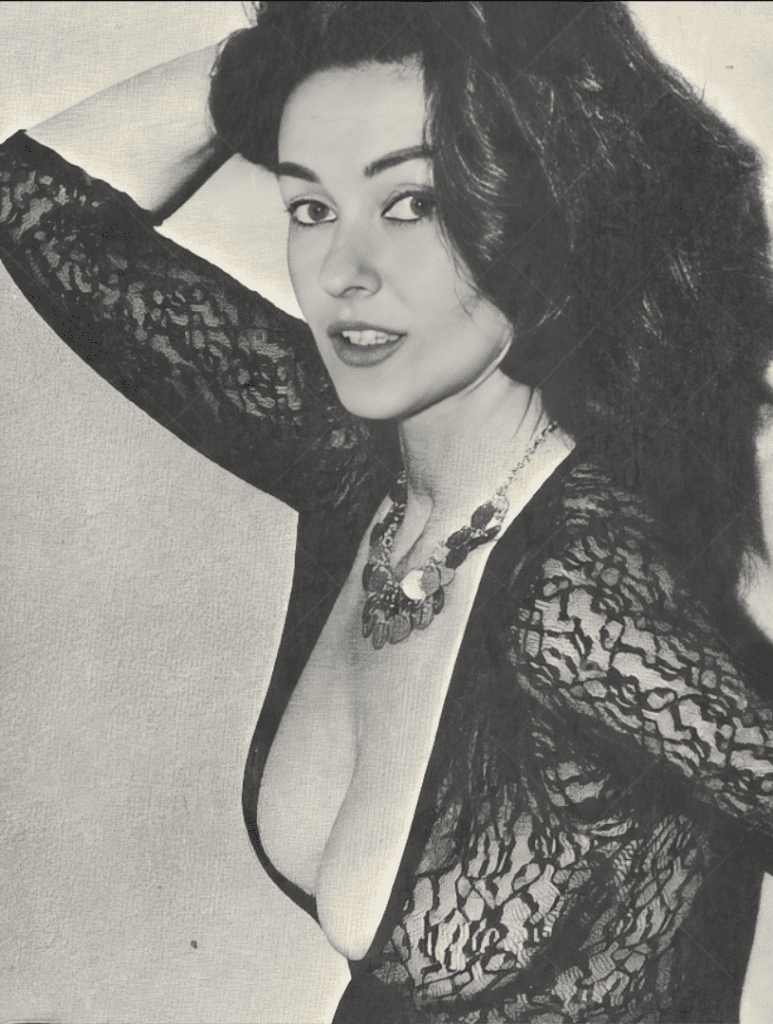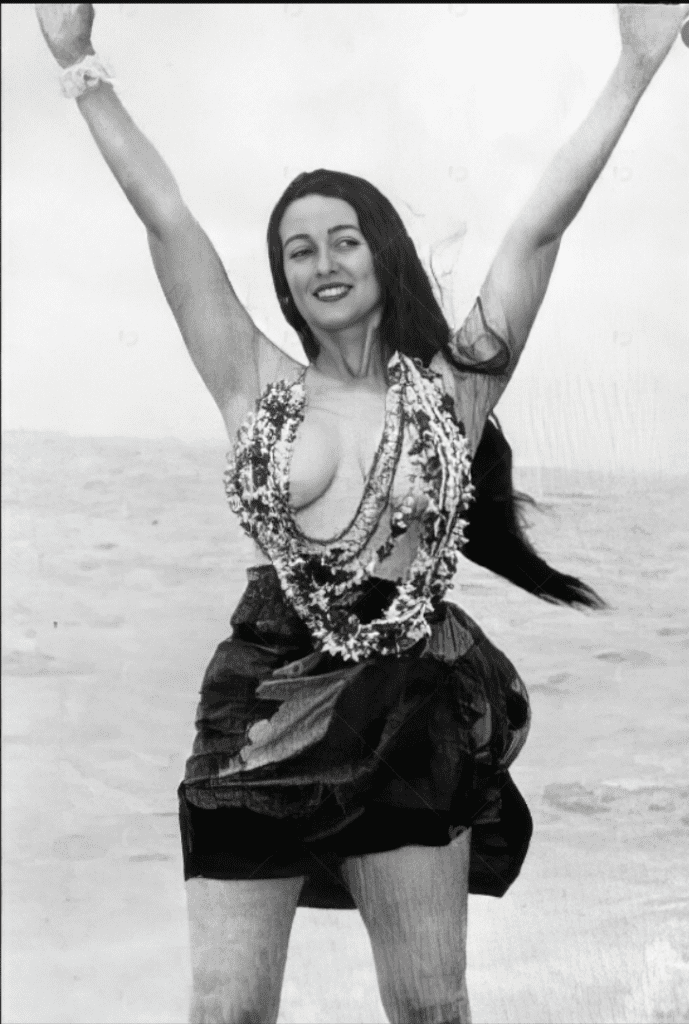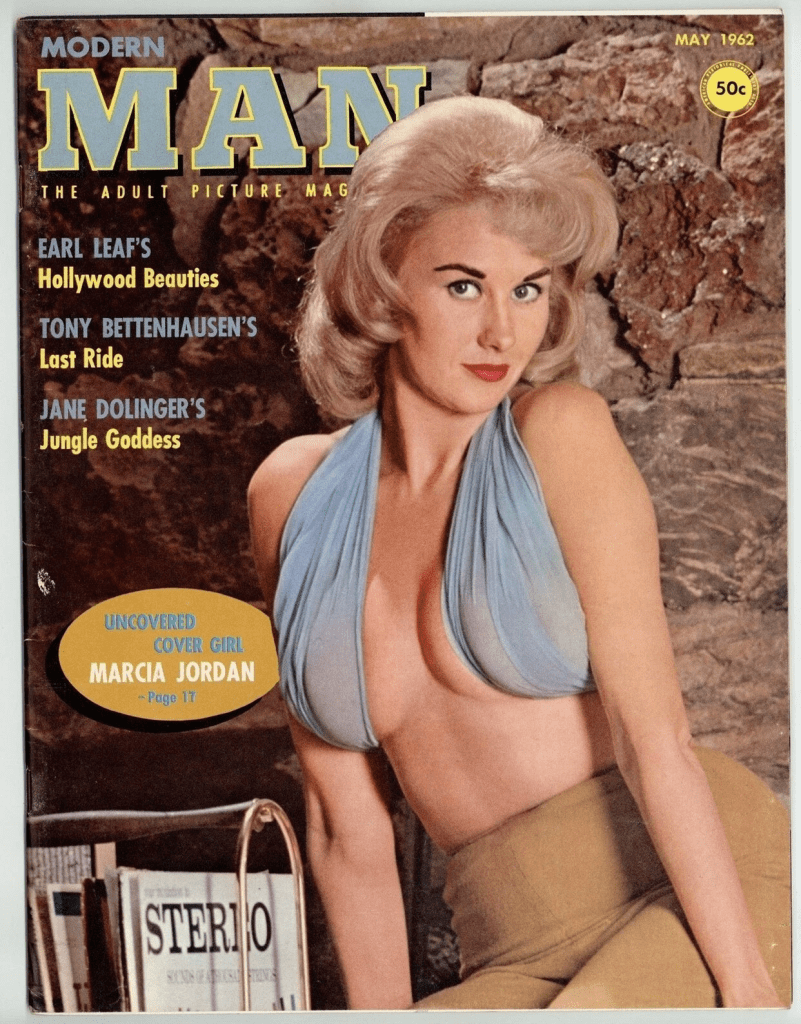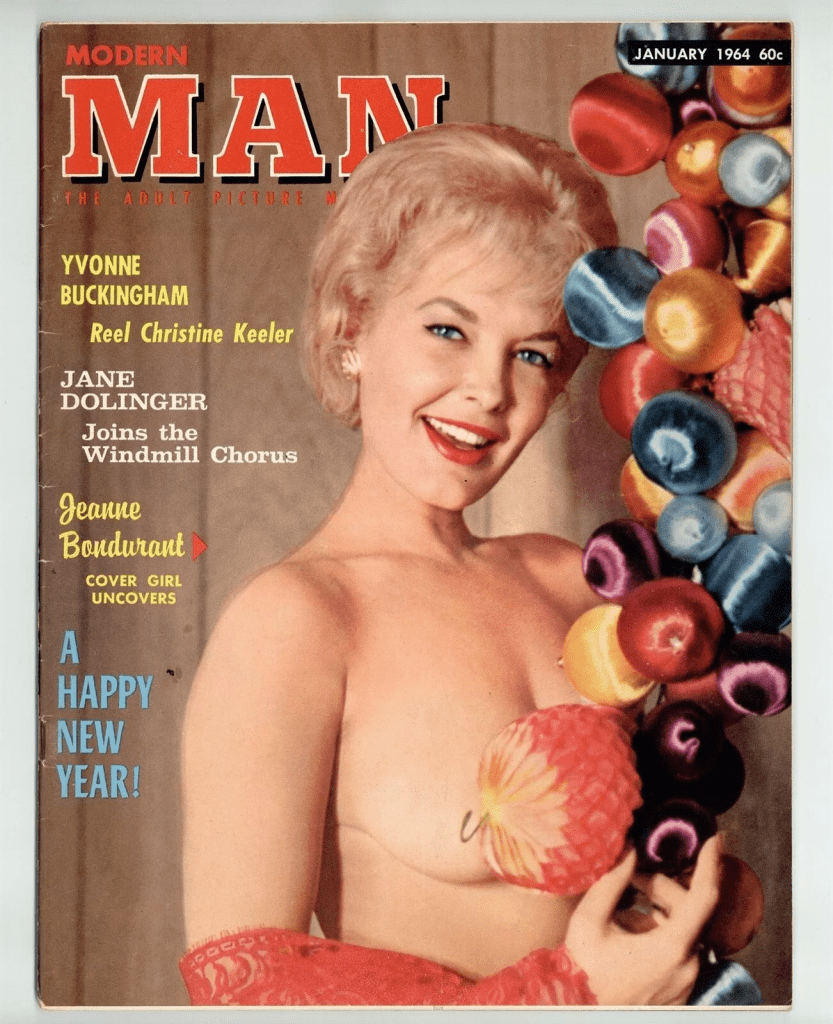She Wrote Her Own Map—and Invited the World Along
When people think of adventurers, they picture rugged men with machetes and cargo shorts. But in the 1950s, a woman with a typewriter, a sheer dress, and a passport full of wild stamps flipped that image upside down. She didn’t conquer the world with weapons—she did it with wit, charm, and stories that sizzled with mystery. Her name? Jane Dolinger. A travel writer, cultural explorer, and unexpected icon, Jane redefined what it meant to see the world—and write about it—with both curiosity and unapologetic flair.

Small-Town Beginnings, Big-Time Dreams
Born in Pennsylvania in 1932, Jane Dolinger was never meant for the picket-fence life. While her peers imagined suburbia and security, Jane had a restless heart. After graduating high school with honors in 1951, she ditched the familiar and headed for Miami, determined to write her own story.

There, she bounced between secretarial jobs—including one at a Brazilian airline—and even took modeling lessons. But the daily grind couldn’t contain her imagination. Filing papers was fine… but wouldn’t you rather be exploring the Amazon?
Video : “Men’s Adventure Quarterly”
One Ad Changed Everything
Everything shifted when Jane spotted a want ad in a local Miami newspaper:
“Author needs adventure-loving Girl Friday. Must be free to travel. Excellent pay.”
She answered it, of course. That ad connected her with Ken Krippene, a well-known travel writer in his fifties. The chemistry was instant—not just romantic, but intellectual. Ken recognized Jane’s sharp mind, fearless spirit, and undeniable presence. She joined him on expeditions to South America, and by 1954, they were married.

But Jane didn’t just carry his bags—she carried a notebook. And soon, she’d become a literary force all her own.
Welcome to the Jungle, Jane
By the late 1950s, Jane Dolinger had carved a niche in a space dominated by men: exotic travel writing for popular men’s magazines. Her voice was cheeky, intelligent, and wildly visual. Readers couldn’t get enough of her tales from the Amazon, the Moroccan desert, or the depths of jungle villages.

Her breakout book, The Head with the Long Yellow Hair (1958), explored her time with the Jivaro tribe—known for headhunting rituals. Sounds intense, right? It was. But Jane delivered it with drama and humor, crafting an irresistible blend of fact and fantasy.
She earned the nickname “Jungle Jane,” not just for where she went, but for how she made it feel. Her words made the wild feel alive. Her photos—often in tribal garb or sheer costumes—invited readers into a world most had only dreamed of.

Brains, Beauty, and Bold Strategy
Let’s be clear: Jane Dolinger wasn’t just posing for the camera—she was playing the game like a pro. In an era when women had to pick between intellect and allure, Jane chose both. She posed in revealing outfits not for shock—but for strategy. The photos drew eyes. Her words kept readers hooked.

She published eight books and more than 1,000 magazine articles, appearing in publications like Modern Man, Adventure, and Real. But her influence went beyond page count. Jane showed that a woman could be an academic, a beauty, and an adventurer—all at once.
She used her persona as a storytelling tool, proving that exotic didn’t have to mean objectified—and adventure didn’t have to mean male.

Not Just Along for the Ride—She Was the Ride
While Ken Krippene helped launch her career, Jane quickly stepped out of his shadow. Her writing had a voice of its own—sharp, funny, and completely fearless. She wasn’t just tagging along; she was leading the charge, setting the tone, and crafting narratives that blurred the line between journalism and cinematic storytelling.

She didn’t pretend to be objective. Her work leaned into emotion, color, and suspense. She wasn’t trying to be the next Hemingway. She was writing like Jane Dolinger, and that was more than enough.
The Price of Breaking Barriers
Of course, pushing boundaries came with pushback. Critics accused her of embellishing stories and being too provocative. Some questioned the authenticity of her tales, claiming they were “too sensational.” But Jane never claimed to be a historian—she was a storyteller.

Like a chef who spices a dish just right, she added flair where needed. Her job wasn’t to bore—it was to ignite the imagination. And judging by the response, she nailed it.
Video : Men’s Adventure Quarterly – Issue Three – Vigilante Justice – Reviewed – Men’s Adventure Magazines!
A Life Lived Fully—And Quietly Fading From View
After Ken’s death in 1980, Jane slowed down. The golden age of men’s magazines faded, and her style of storytelling slipped from mainstream media. Still, she kept writing into the 1980s, eventually remarrying in 1990 to a doctor named Alex Gurwood.

They lived in Miami, and later Hendersonville, North Carolina, where Jane stayed close to family. Sadly, Alex passed away a few years later, and Jane faced her final challenge—cancer. She passed away in 1995 at the age of 62, largely unnoticed by the world she once dazzled.
Her passing didn’t make headlines. But her stories, her fire, and her fearlessness? They’re still flickering in every woman who dares to leap into the unknown.

Rediscovering Jane: A Pioneer Hidden in Plain Sight
Though her name faded from public memory, Jane Dolinger’s legacy hasn’t disappeared. In 2010, biographer Lawrence Abbott published Jane Dolinger: The Adventurous Life of an American Travel Writer, reigniting interest in her incredible journey.
Abbott paints Jane not just as a writer, but as a feminist icon—long before the term went mainstream. She didn’t need slogans. She lived it. She was it.

Her books, though out of print, are still hunted down by collectors. Vintage magazine lovers and feminist scholars are starting to ask: Why don’t more people know about her? Maybe because Jane didn’t fit neatly into a box. And maybe now, we’re finally ready to celebrate women who never did.
Conclusion: Jane Dolinger’s Story Isn’t Over
Jane Dolinger wrote about the world in a way no one else dared. She made readers blush, then made them think. She walked into spaces women “weren’t supposed to,” smiled, and stayed anyway. She didn’t wear armor—she wore silk and carried a pen. And somehow, that was even braver.

Her life was an ongoing adventure, lived on her terms and shared with a wink. While she may not be a household name today, her spirit lives on in storytellers, explorers, and bold women everywhere.
So next time you think of adventurers, don’t just picture boots and beards.
Picture a woman in a sheer dress, notebook in hand, walking headfirst into the unknown—and writing it all down.